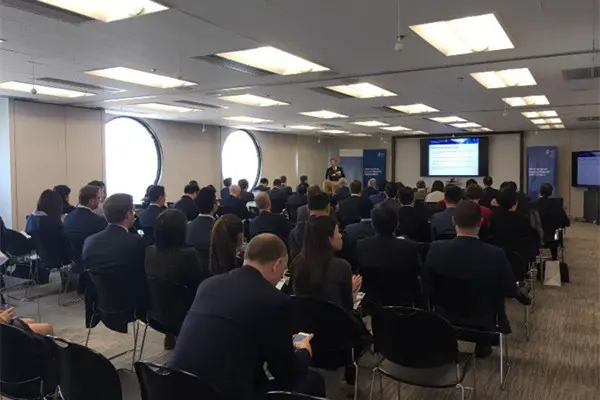The development of Chinese green finance, the green bond market in particular, will lead investment and financing trends in Asia-Pacific, and green bonds will be a highlight of the international bond market in 2017, indicated insiders at the ICMA Asia Primary Market Forum held on 2 March in Hong Kong.
The rapid development of the green bond market in 2016 is largely attributed to the debut of Chinese green bond market, indicated Ricco Zhang, director of the International Capital Market Association (ICMA) in Asia-Pacific, in the interview. It is reported that as at the end of 2016, approximately 80 billion U.S. dollars of green bonds have been issued in the international bond market, increasing 100 percent from 2015. China ranked first worldwide in terms of the quantity and size of the bonds issued with nearly 30 billion U.S. dollars of green bonds issued. Zhang believes that the rapid development of Chinese green bonds was driven by top-down policy incentives and regulatory authorities. On the one hand, the development of environmental industries is catching more attention with the increasing awareness of environmental protection. The regulatory authorities also attach great importance to the development of green finance. The People’s Bank of China and other market regulatory authorities have released guidelines and rules on the development of green bonds, which made possible regulations on the certification, issuing and trading of green bonds, facilitated the establishment of a green financial system and played an essential rule in the development of Chinese green bonds. Meanwhile, due to the huge inventory of green loans of commercial banks, the green financial bonds issued by banks also surged significantly to meet financing demands.
Zhang believed that the market rules and regulations of Chinese green bonds are generally consistent with the international market. As a result, they are more acceptable to international investors compared with ordinary credit bonds and have been concerned by international investors. Despite the active issuing of green bonds in the domestic market, investors in the domestic market should raise the awareness of green finance. Strengthening the education of investors is still a key factor in the development of green finance in the domestic market.
Meanwhile, Zhang believes that the development of the green bond market can serve as a financing instrument for infrastructure construction under the “Belt and Road” initiatives. Currently, many infrastructure construction projects, such as sewage treatment and new energy projects, meet the certification criteria on green bonds. Despite the inconsistencies in the definition of green bonds in the Chinese and international markets, the regulation and certification have met international criteria. Relevant green bonds under the “Belt and Road” initiatives issued both at home and abroad can be accepted by investors.
The green bonds in the international market (excluding China) maintained stable growth, indicated Zhang. The development of green bonds has been supported by regulatory authorities of different countries and welcomed by investors since the issuing of sovereign green bonds by France last year.
Currently, green bonds only account for 0.2 percent of the international bond market with a huge growth potential. With the rapid development of green bonds in China, India and other countries, the international bond market will be extremely exciting..
As for the effects of the restriction on Chinese capital flows and the appreciation of U.S dollars on the bond market, Zhang believed that as the RMB devaluation would continue although in a gradual and modest way and the appreciation of U.S dollars faces uncertainties, international investors are prudent in investing in RMB-denominated assets. However, it also attracts more domestic issuers to finance in international markets. Many Chinese institutions conducted financing through overseas channels. The bonds issued by domestic institutions in Hong Kong increased significantly in the first two months of 2017. It is expected that the financing conducted by Chinese enterprises in the international bond market will surge significantly in 2017.
The ICMA Asia Primary Market Forum held by the ICMA kicked off on 2 March. Investors in the Hong Kong and mainland bond markets, investment banks and insiders from relevant intermediary agencies participated in the forum. They conducted communication and discussion on the coordination in the development and regulatory reform of the international bond market as well as the outlook and innovation in Asian markets.
(Xinhua Finance)
 简体中文
简体中文

